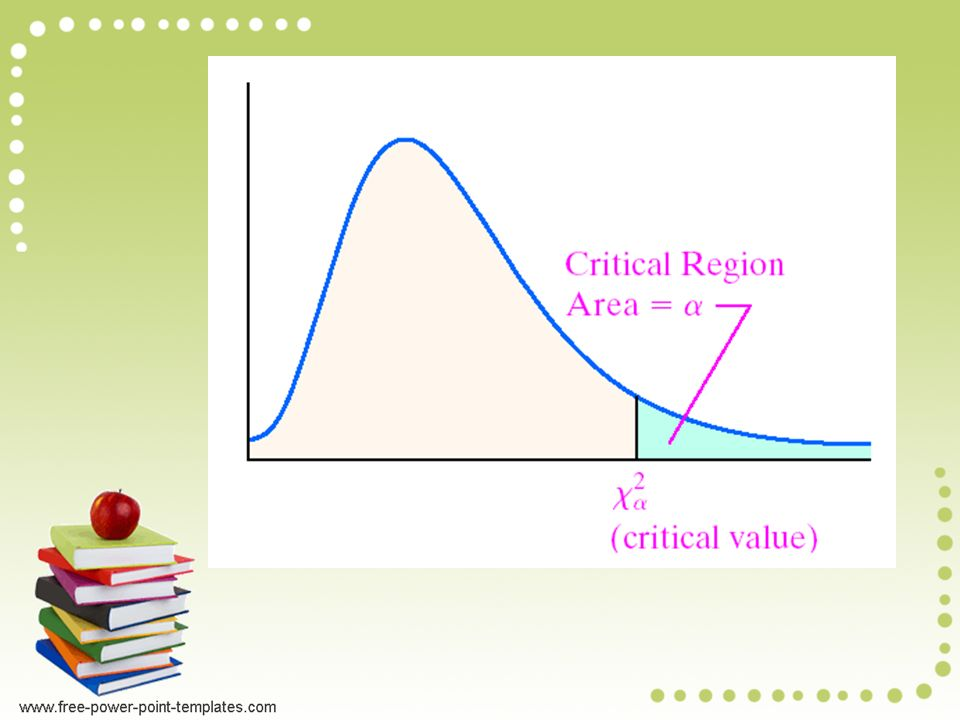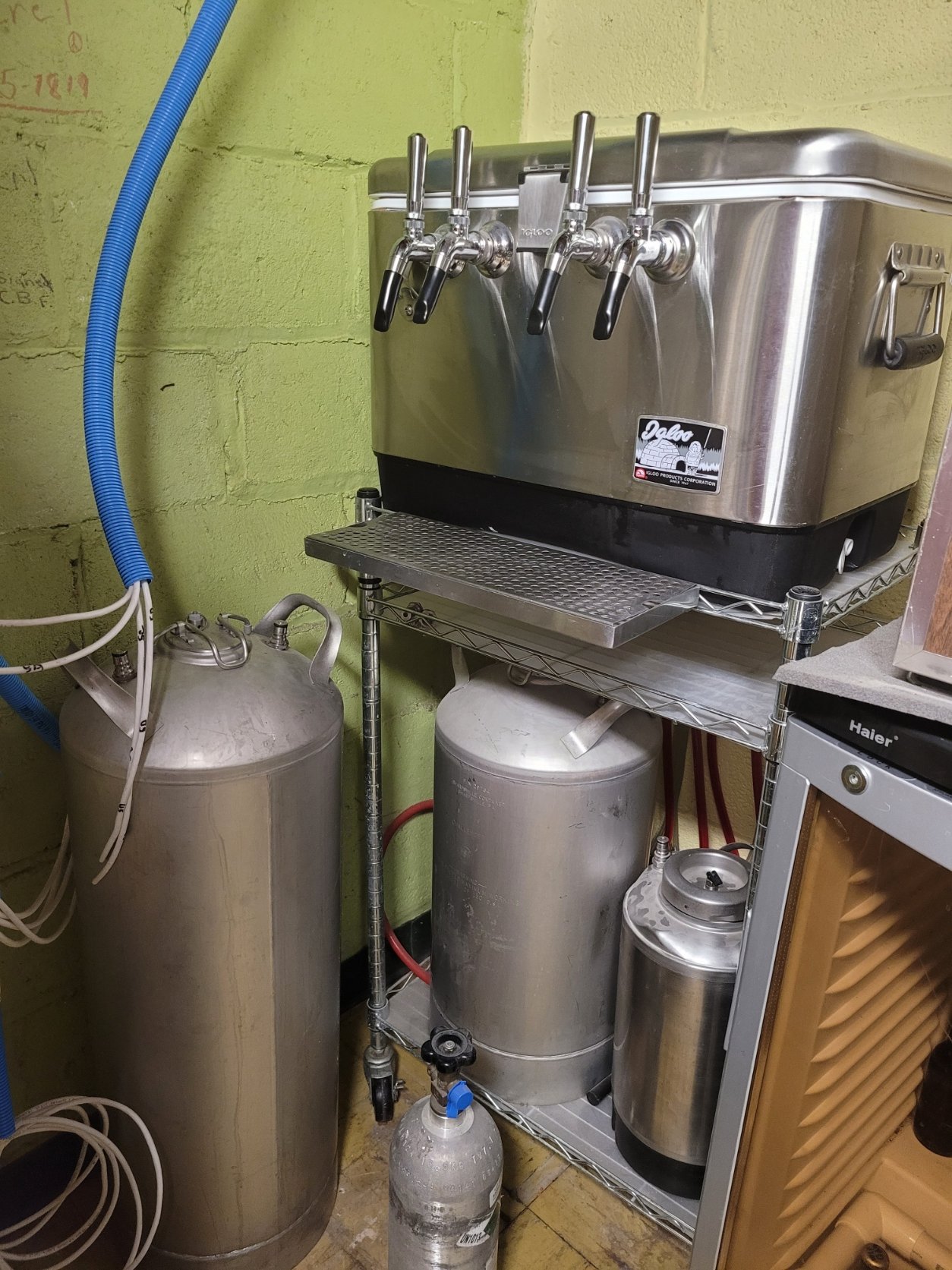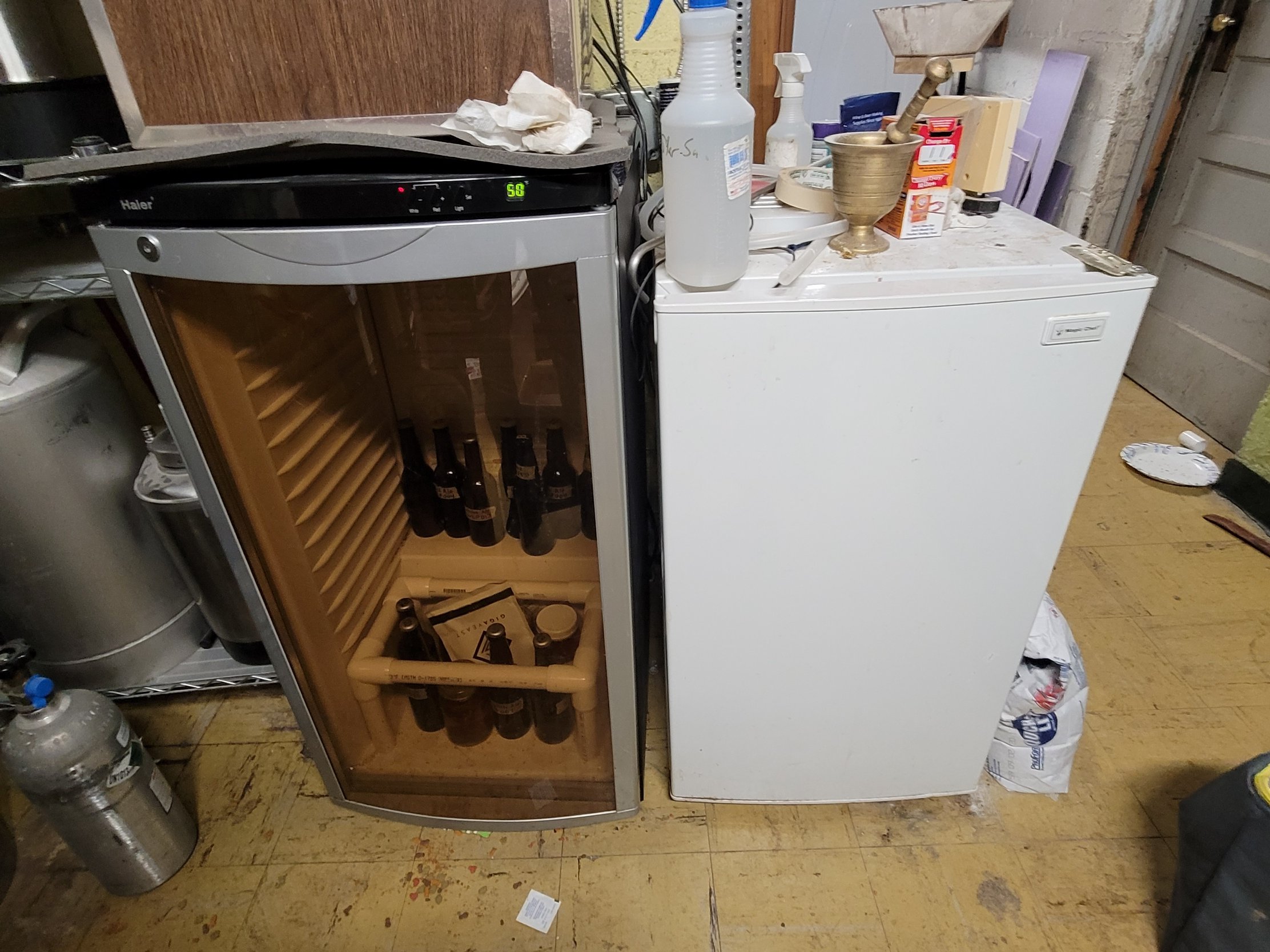In general I think they do a pretty good job. I have seen several tests where they chose a recipe that, in my opinion, might mask the results. One was hop related (maybe late boil vs flameout or something like that), but they used a recipe that didn't really feature hops that much. I remember looking at the recipe as I read the experiment and thinking "they're not going to see a difference because this recipe would mask any difference". Then, of course, the conclusion was that it didn't matter.
After all the hoops they jumped through to try to follow something resembling scientific process, I felt like I really couldn't trust their conclusion. I sometimes wonder if they're biased towards trying to debunk things (in other words, they want to see no difference).
Overall, though, I think they're doing something that most of us don't have the time or resources to do, so I think they add significant value to the brewing community.
After all the hoops they jumped through to try to follow something resembling scientific process, I felt like I really couldn't trust their conclusion. I sometimes wonder if they're biased towards trying to debunk things (in other words, they want to see no difference).
Overall, though, I think they're doing something that most of us don't have the time or resources to do, so I think they add significant value to the brewing community.





















![Craft A Brew - Safale BE-256 Yeast - Fermentis - Belgian Ale Dry Yeast - For Belgian & Strong Ales - Ingredients for Home Brewing - Beer Making Supplies - [3 Pack]](https://m.media-amazon.com/images/I/51bcKEwQmWL._SL500_.jpg)




































 . If the difference is not statistically significant, you wouldn't put a confidence interval on it because statistically the treatments are equal.
. If the difference is not statistically significant, you wouldn't put a confidence interval on it because statistically the treatments are equal. 




